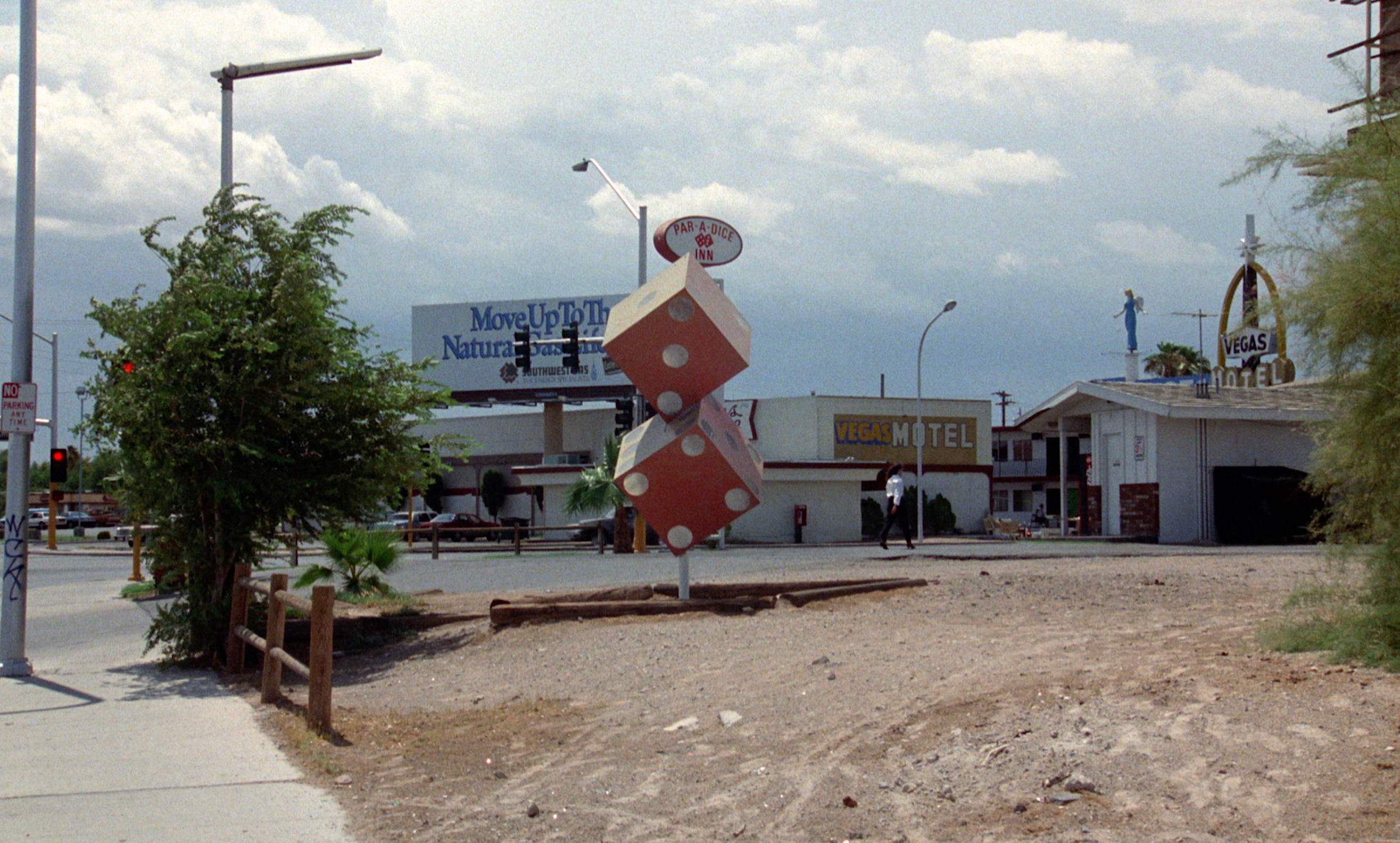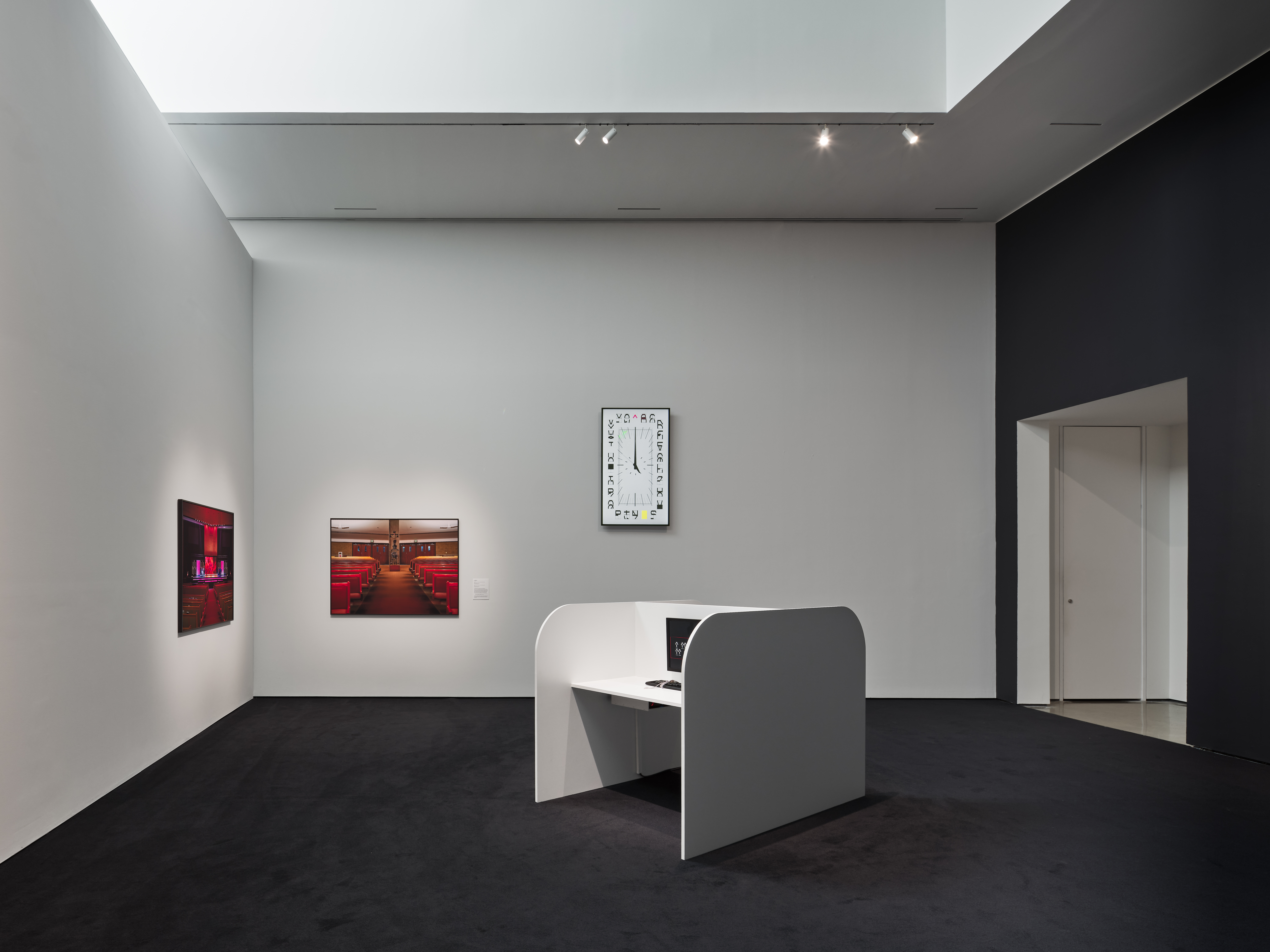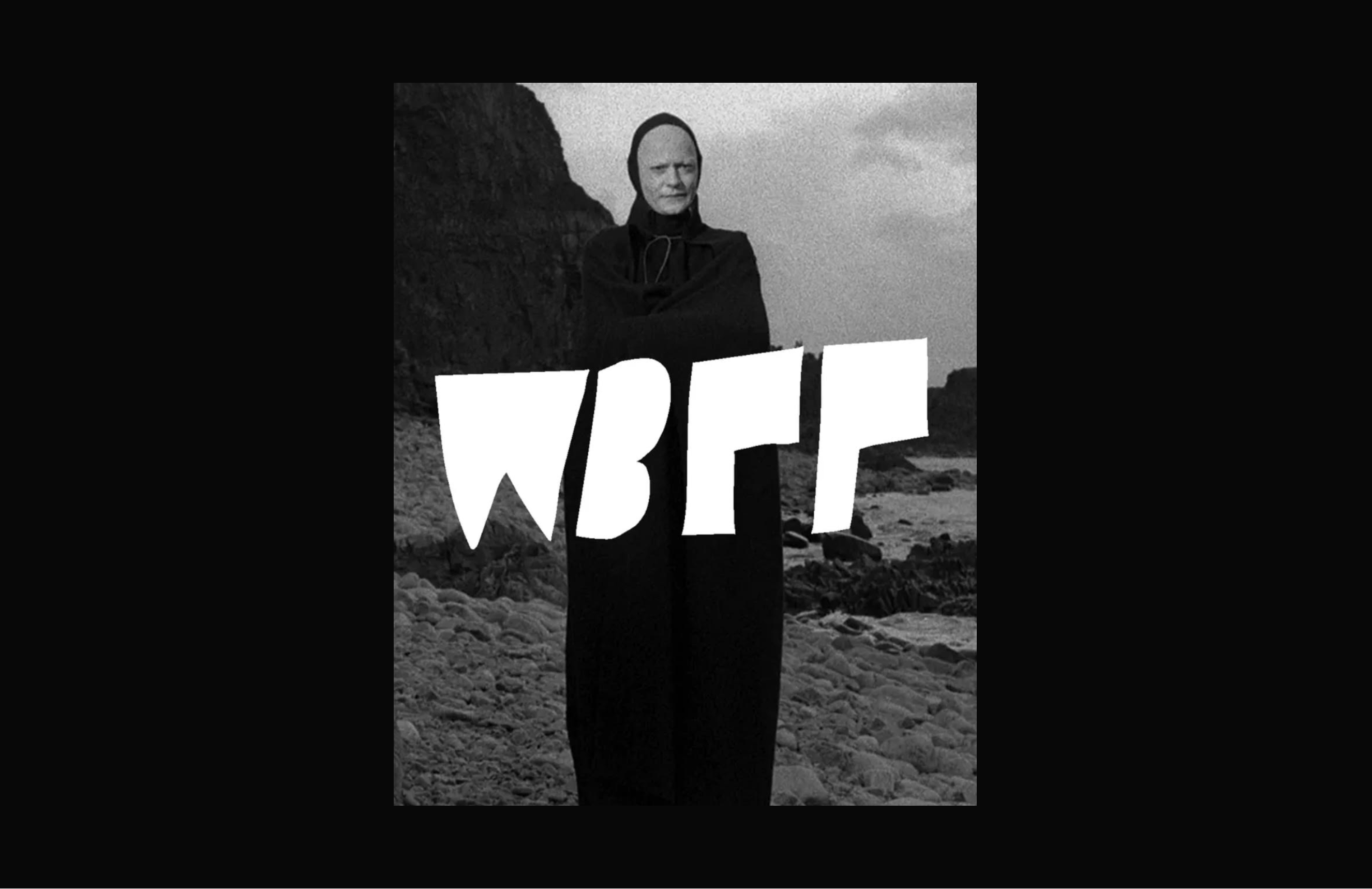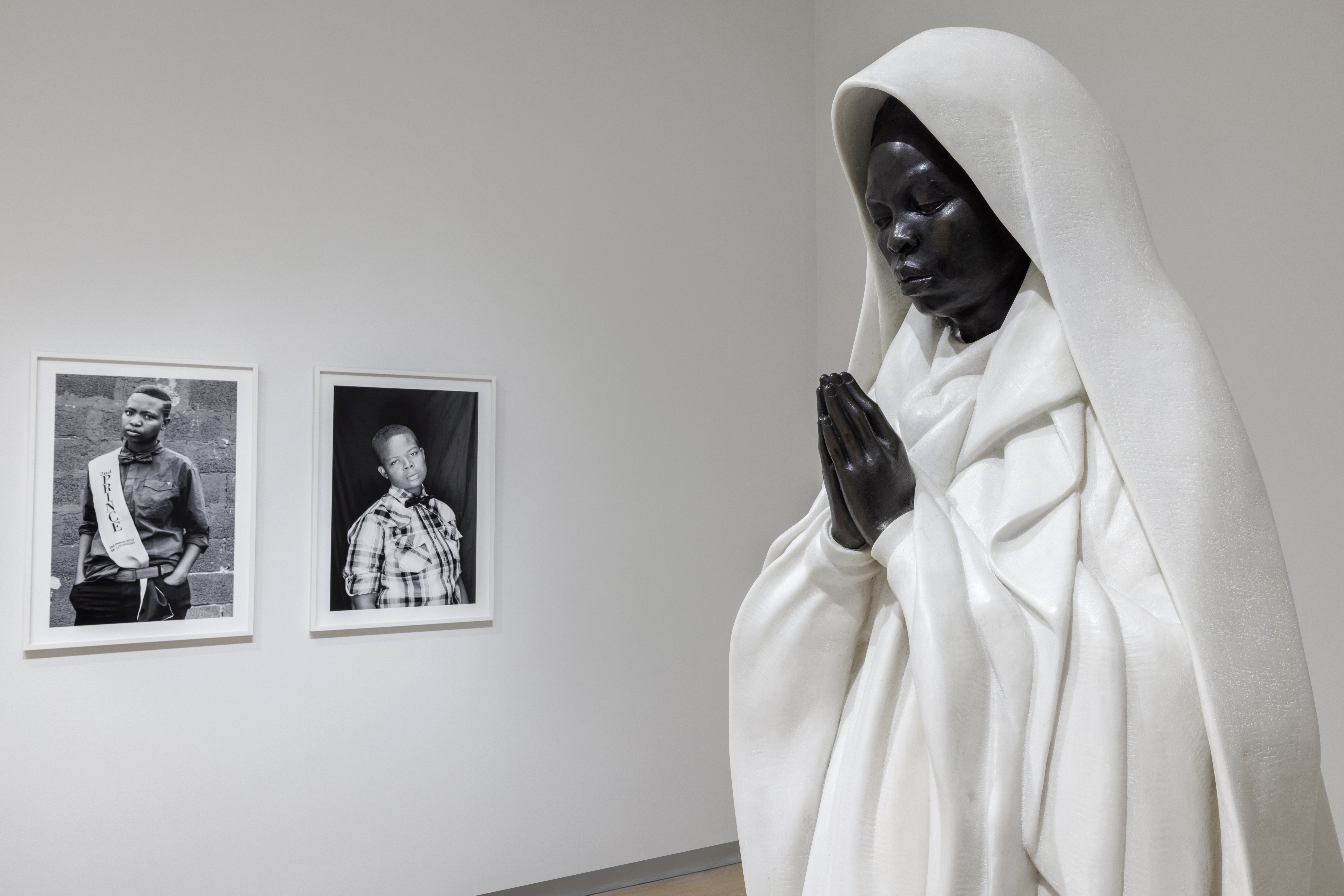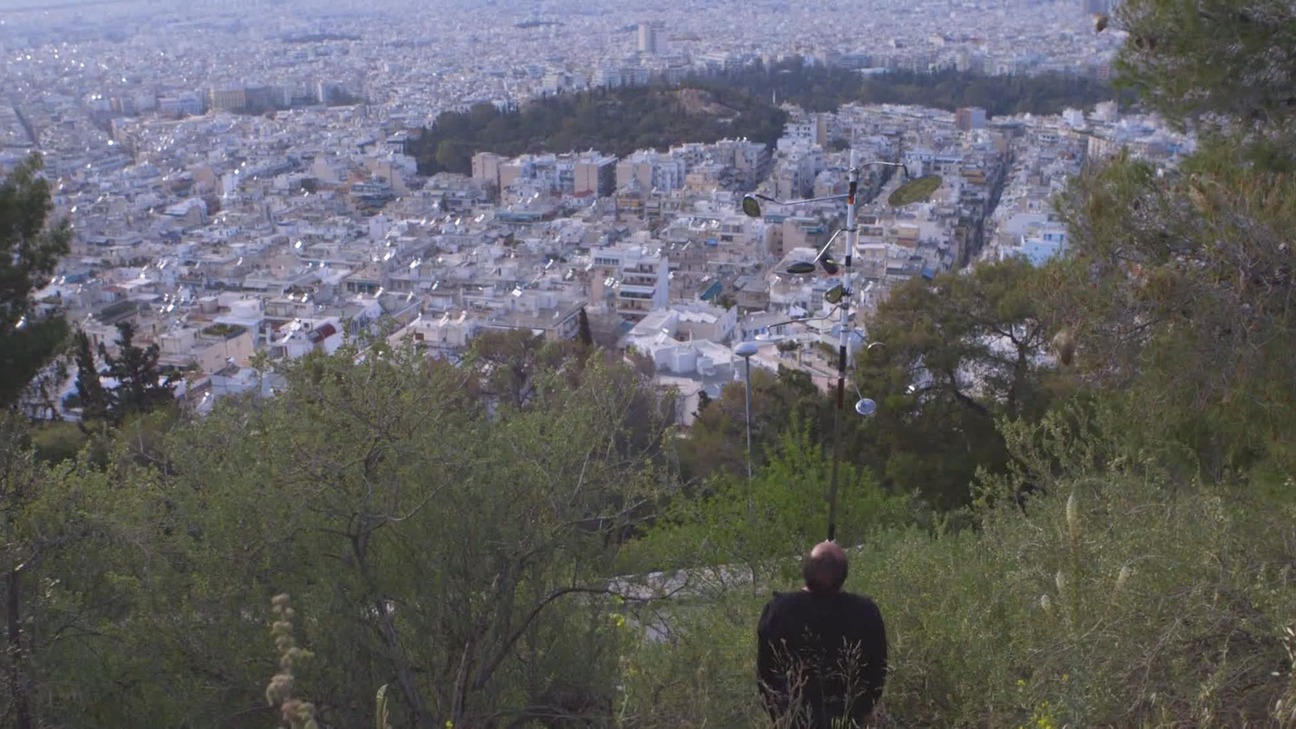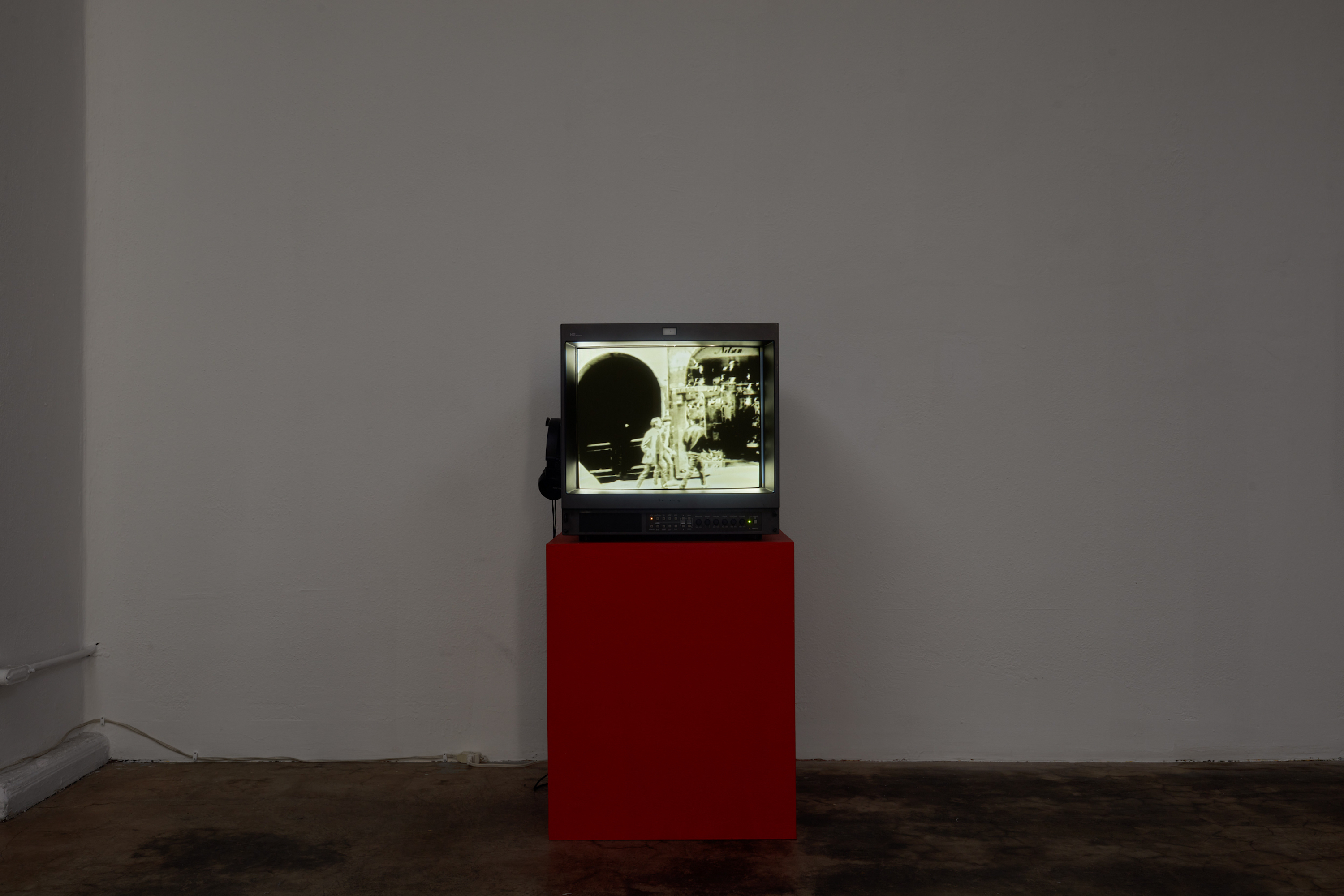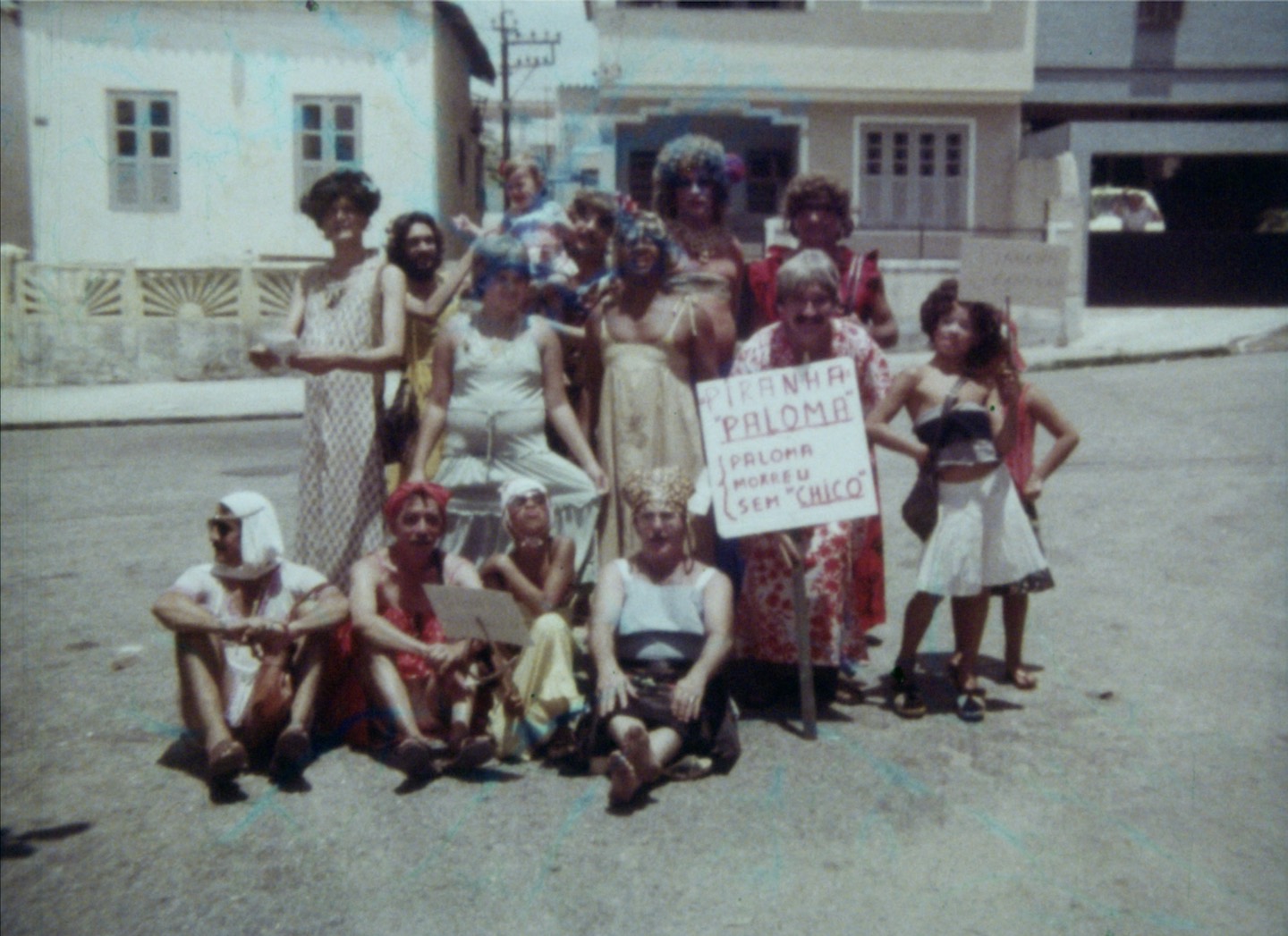Why do you teach?
It’s such a good question, the interrogative insists: why. I don’t know why. I think that throughout my career my instinct has been to respond to art, to research and write about it, but the position from which to do so has always felt unstable, at least to me, as the product of a 1980s Irish household for whom there appeared no precedent to do it independently. It was expected of me to go to university, my father was university educated, but my mother was not, so from her perspective this would offer independence and job opportunity. So, I went and I loved it, and a specialism developed, first in the modern and contemporary and then in histories of moving image and performance. I have written for art magazines since I graduated and alongside that I have worked for various institutions. In my twenties, I worked as a museum curator and organizer and in my thirties, after a doctorate, as an academic.
In London, in 2023, one also must ask this question with the addendum: why now? In British higher education most all arts and humanities programs have been threatened by the Conservative administration, most damagingly since Brexit, a period of economic downfall and austerity marked by intermittent industrial action across all sectors. With the ongoing fractionalization and precarity of university teaching jobs, much reform is necessary.
And yet despite challenges faced by the sector, I find myself absorbed in the work. I have had the enormous privilege of working with great colleagues, most especially Ian Hunt, an art critic, writer, and poet. Together we’ve had some of the most miraculous experiences teaching art history and creative writing to an international cohort of BA students. They come to us straight from school, knowing themselves to be artists, and together we talk, listen, think, write, edit, and work things out. There is a particular quality of student that Goldsmiths attracts that inspires me. When I think about those moments of collective or reflective thought, sitting among the most surprising of students, that’s really the why, for now, of teaching’s appeal.
How might your own experience as a student have influenced your teaching?
My undergraduate degree was at Trinity College Dublin, in the history of art and architecture. It was highly Eurocentric, but there was a very small cohort of fifteen students, and we were encouraged by what John Berger called, “concentrated looking.” In my final year, I wrote a thesis about Irish letter-based graffiti and spent weekends photographing different sites, considering them in relation to the form’s wildstyle origins in New York and interim forms and claims of public art. My supervisor, the Renaissance and Golden Age specialist Dr. Peter Cherry, was miffed by my endeavor at first but soon came around. The thesis was awarded a first and won a prize. I found it absorbing, finding an ellipses and then writing into it. That instinct was harnessed by my PhD supervisor, the indomitable Professor Andrea Phillips, who never takes her eye off the social purpose, or contrivances, of art and never flinches at challenging either. My interest with students is that they find what perplexes, fascinates, or infuriates them and that they do the work of its contextualization before writing into what they, alone, see.
Do you sense a connection between how you learn and how you teach?
They are continuous. It’s a cliché, of course, but if you’re not learning as an educator, then what’s the point? There are scales of learning too, so every time a student hands in a piece of writing there is something to glean from it. But instances of scale stand out: a seminar on decoloniality, in which a student from Hong Kong speaks clearly and powerfully of her family’s division during a turbulent period and how inadequate she finds Western-centric discourse; a seminar on feminism in which a group of Chinese women speak about unprosecuted instances of violence against women and how silence is assimilated as powerlessness; essays on queerness, on transitioning, on fear distilled, with some uncertainty, to self-purpose. These students’ contributions are seismic and as formative to me and to the group as the reading or teaching that I offer.
And their processing is emboldening. I inherited a feminism module from a British colleague whom I greatly admire, but I realized upon taking it on that her route to feminism was different from mine. I grew up in a country with no abortion, little access to contraception, where homosexuality was illegal and there was no same sex marriage—many of us understood sex in relation to fear. Women injured or lost like Joanne Hayes, Ann Rose Lovett, Savita Halappanavar are just some that haunt many Irish women, and artists like Sinéad O’Connor, Margo Harkin, Sinéad Gleeson, Kathryn Ferguson, and Rachel Andrews (among many others) help us process what imposition of power happened to us, now. In these lectures, I start there, in a place of estrangement and fear, before looking at the work of others (Lee Bul, Trinh T. Minh-ha, Theresa Hak Kyung Cha, Lorraine O’Grady, Shu Lea Cheang, Adrian Piper, Mona Hatoum, Soheila Sokhanvari, Every Ocean Hughes, Wu Tsang, and Danielle Brathwaite-Shirley, among many others) to articulate feminism not as predetermined theory but as a complicated process through which one lives, breaks, thinks, and reorients, together. I teach inclusive feminism, because inclusivity is equality, it is time.
What do current political and economic conditions have to tell students about critical studies and histories of modern art?
I am an art historian, and I teach critical studies (a term that encompasses art history, critical theory, and other social scientific disciplines) to emerging artists and art historians. The relation between sociopolitical context and art production is foundational to the pedagogy, that is, the sense that the world comes out in the work, not that it is retrofitted into or around it. Perhaps in other faculties or territories there would be an emphasis in having to consider the realpolitik of the work as something like an afterthought of the aesthetic appraisal, but context is a major discussion in all teaching environments, and this conversation begins at interview.
With students coming to Goldsmiths from different cultural contexts, how do you ensure everyone can access the material equally?
I try to make sure that our set materials are not just for reading, so they include video (UbuWeb is a strong online resource, also Another Screen and Shasha Movies, among others, depending on what’s available on a given week), audio and podcasts, visual materials and artists’ books, and a range of reading from journalism, art criticism, art history, and theory. We routinely signpost exhibitions that are on in London, which is an important part of students’ learning.
I don’t know how to ensure everyone has equal access to materials. Everyone, irrespective of their origins, processes information differently, so I aim to understand students as individuals and to animate the learning with the most absorbing material. How we assess is an important aspect and understanding that students will naturally have different English-language skills, academic backgrounds and training, and neurological strengths is crucial, as is maintaining a sensitivity about how these factors variously impact self-confidence during seminars and assessment. The responsibility is therefore, in my view, on educators to read students’ work attentively to understand their unique effort and to reward—across the learning spectrum— application, focus, rigor, and innovation.

A 1981 broadside announcing the first publication of Dictée by Theresa Hak Kyung Cha from Tanam Press. Courtesy the University of California, Berkeley Art Museum and Pacific Film Archive.
What text do you return to most often in your teaching, and what do you hope it imparts to your students?
Assigned texts depend on what level courses or modules I am teaching but there are a few to which I regularly return. One of the most panoramic texts is Theresa Hak Kyung Cha’s Dictée (1982). It was introduced to me by Rehana Zaman, as it inspired her work Tell me the story Of all these things (2018). I see it as an incredible and consequential example of writing by an artist. It explores many themes: home, migration, language, memory, family, inheritance, alienation, isolation, colonization, racism, and loss. It is formatted beautifully. In group sessions, we take turns reading sections aloud and everybody listens carefully. It is a masterwork, and I hope it shows students how they might draw from a range of experiences and positions and express their views as they need. Another generative “text” is Apichatpong Weerasethakul’s Mysterious Object at Noon (2000). We often watch this together and it always sparks great conversations about art and filmmaking, about observation and intent, structuring and editing, documentary and portraiture, storytelling and mysticism, humor and idiosyncrasy. Students love it, and they want to run straight out the door to make something like it. Which is great, that’s the desired effect.
Dictée and Mysterious Object at Noon are as much formal experiments as conceptual ones. How do you teach form in writing?
I teach at undergraduate and postgraduate levels, which manifests in two kinds of writing: essay or dissertation writing and (with some students) creative writing. I am consistent with my advice about essay writing, which is to read widely and deeply and know your context, angle, and argument. And then, work toward effective structuring with clear sentences and a robust architecture of paragraphs. It’s easier for some students than others, but everyone benefits (including myself) from an awareness of construction. When writing critically, I encourage a simplicity and clarity of language in lieu of the blousy or verbose. There was a particular strain of art writing in the late 2000s that I found just exhausting (see also: poorly written art theory). When the research is complete, at the BA or PhD level (or the MA, if I’m teaching it), I encourage a well-plotted and paced draft. Awareness of format within academic convention is, I believe, the surest way to make ideas sing.
Creative writing is a whole other story. I tell my students that there is no prescribed format, we’ll take whatever they give us: novels, excerpts, short stories, poems, lyric essays, rants, scripts, lists—surprise me. I think because they aren’t studying creative writing within an English department and they don’t yet self-perceive as writers, they are less influenced by the conventions of fiction or nonfiction publishing (the know-all gait, wry tone, and familiar arc of so much cultural criticism from the United States, for example), and so they really do let rip. Notable examples: a list of loos and a description of their vistas on which one student sat over the course of her life; a study, with a list of anecdotal examples, of how wearing headphones works like a force field to keep awful people at bay; a screenplay about a tiny person escaping a land of giant dogs; poems about a lost mother, lost to the poet even before she died; field notes from one young woman’s experience of military service. Every year they amaze me, and every year I feel proud.
“Finding an ellipsis and then writing into it” is a beautiful phrase, one that describes the educative process itself: encounter and research, action and practice. What are some ellipses you and your students have found?
The point, we are told, of doctoral studies is to make “a contribution to knowledge,” which seems an onerous task. Really, it’s about seeing a gap on one’s horizon and venturing into it. While this gap might present itself through research, the instinct to pursue it can be intuitive and uncanny, not fully understood at the point of departure. My students are often seeking degrees of self-understanding and modes of self-actualization, and they’re looking at different phenomena, social conventions, or artworks because therein lie clues or cues. I supervise a brilliant doctoral student called Jessie McLaughlin, who is thinking about BIPOC and LGBTQ+ experiences of museums and the necessity of queering these spaces. It’s based on their own experiences as a visitor and, previously, a programmer. They’re writing so beautifully about this, alighting on works by Isaac Julien, Anthea Hamilton, and Travis Alabanza, and drawing from an extraordinary body of literature. I hope that it will be published as I think it will resonate with very many readers and impact how museums fashion themselves as spaces that are not just almost sufficiently queer but gloriously and expansively so.
As for myself, I am now finishing a book tracing the signs of an almost unknown female sign designer in Las Vegas in the 1950s and exploring their cultural legacy. The more I researched, the more I realized that many notable artists featured her signs in their work, including Sturtevant, Joan Jonas, Yvonne Rainer, Joan Didion, Denise Scott Brown, Nina Menkes, and Sarah Morris, so her signs become lodestars for an alternative history of art that begins with the makers, performers and campaigners of the 1950s. It is a story of power and rebellion, light and fugitivity, and the lure of the neon spectacular.
Over a longer arc, I have been researching artists’ films in Northern Ireland and how they challenged the typical accounts and images of conflict, broadcast on state media in Britain and around the world. Now, this body of work presents a distinctive history of a place, and evidence of active and interconnected decolonial practices. The pioneers were Irish, Northern Irish, and British, others came from Europe, the US, and South America, all influenced by the civil rights movements of 1968, by emergent forms of socialist filmmaking and feminist organizing. Little has been published about this history which is coeval with the birth of “moving image” itself. I am now preparing a sizable oral history, sort of emergency work, to record the artists’ experiences and track what remains of these films, which are quite dispersed. There are several institutions on board too. It’s exciting and feels purposeful. While geographically distant, both projects explore a constellation of practices in locations not often associated with art or feminism, but which have held extraordinary examples of both. They are research-intensive endeavors and a test of discipline, method and approach. I love them both.
What do you envision for the future of art education and how can it be achieved?
I don’t know how art education will evolve, except that it will. How can change be achieved? Vote for politicians that advocate for the arts and culture and for education for all. This seems to be against a general trajectory in the West. I resent what has happened to student cohorts since the significant fee increase in Britain (in 2012) and the administration of Brexit (2016–ongoing). And now, we’re in a cycle where the government alleges that a “crackdown” is needed in British universities on “rip-off” degrees (as if fee hikes are somehow removed from austerity and underfunding, and arts and humanities specialisms, alone, generate debt). These erroneous claims destroy civic trust, diminish the wealth of educational options in this country, and risk deterring the confluence of domestic and international students who study here. We’re lucky we continue to attract some excellent students, and being in London certainly enhances their experiences.
There are some interesting attempts at reform coming into play in art education, including one recently developed by my colleague Professor Nina Wakeford who, with Professor Elizabeth Price, adopted a citizen’s jury model to encourage change to policies funding artists in academia. A Particular Reality is a project campaigning for a truly intersectional education system, established by my colleague Michelle Williams Gamaker and now led by Ali Eisa, among others. I think that these strategies can improve the sector through creativity, collaboration and groundswell. As for alternative art school models, I have yet to see one that doesn’t reproduce a preestablished reputational economy of the art world that itself needs to be abolished. But art and artists will always surface in some form or other, and there will always be an instinct and appetite for intergenerational knowledge and learning. The students I see now are radicals, I trust they will remake art education with and for their successors as they see fit.




